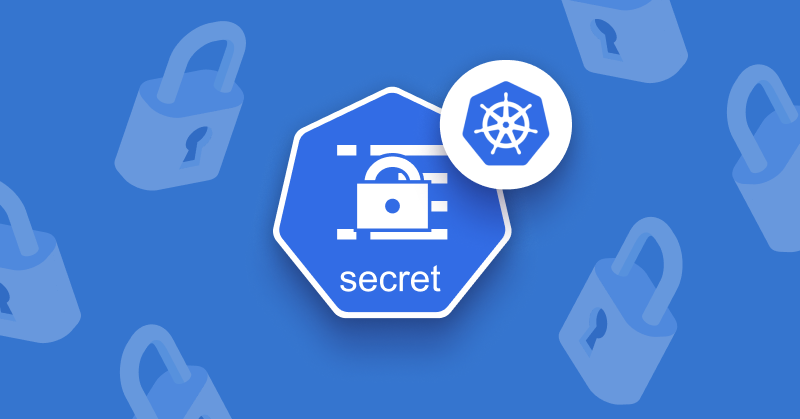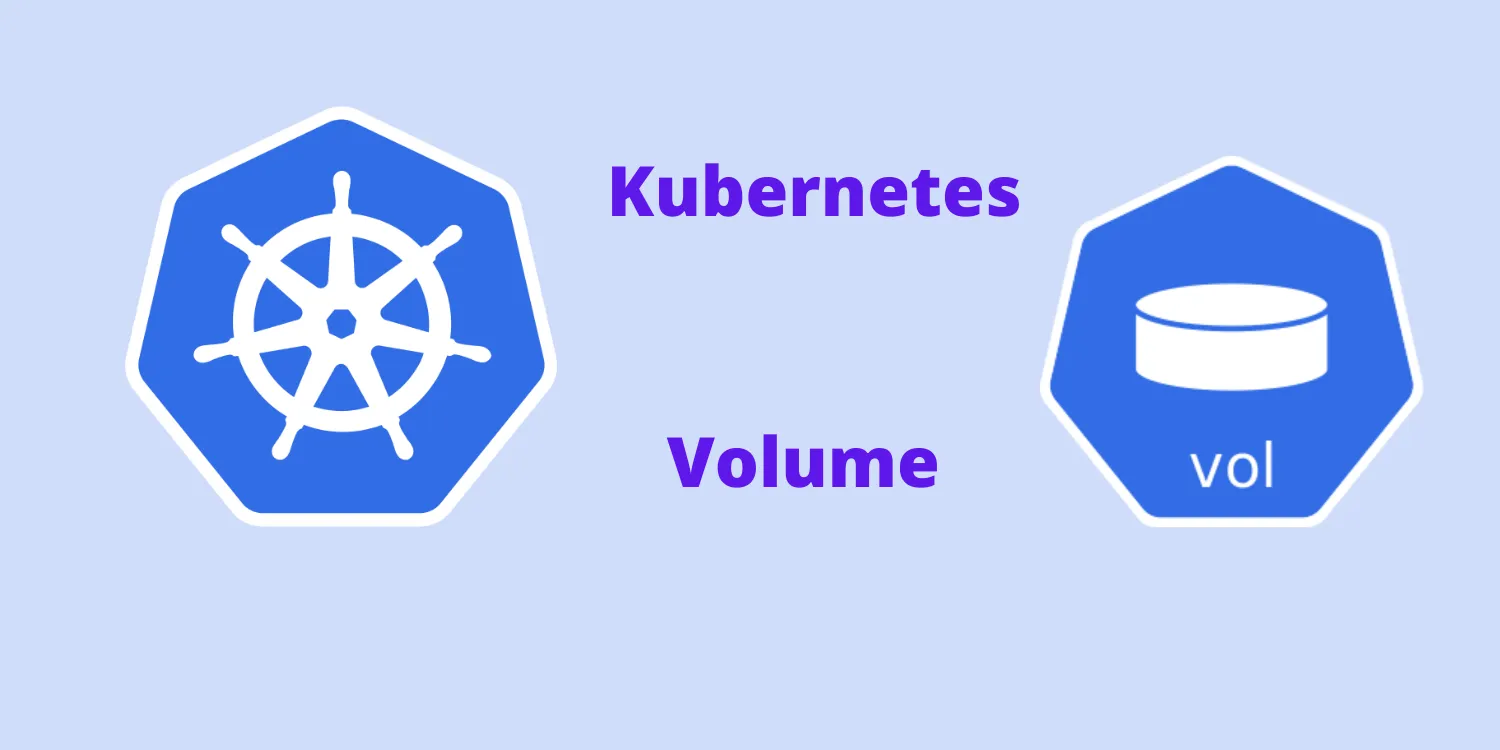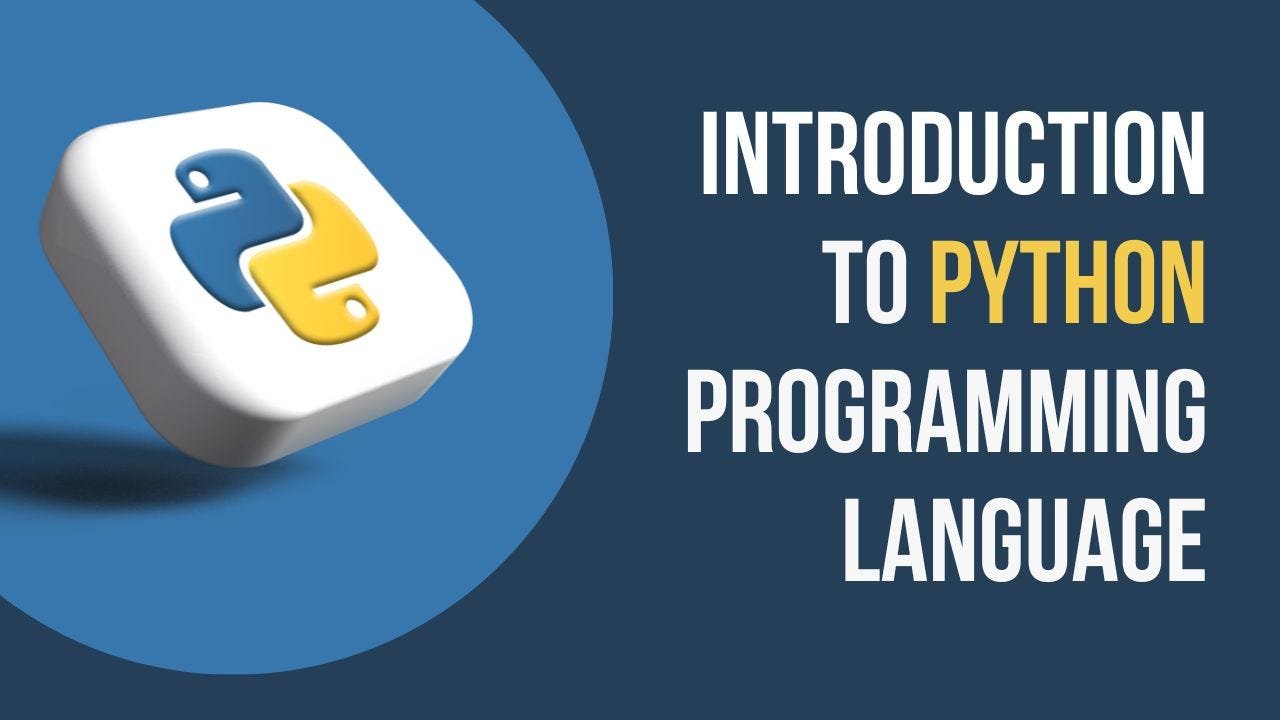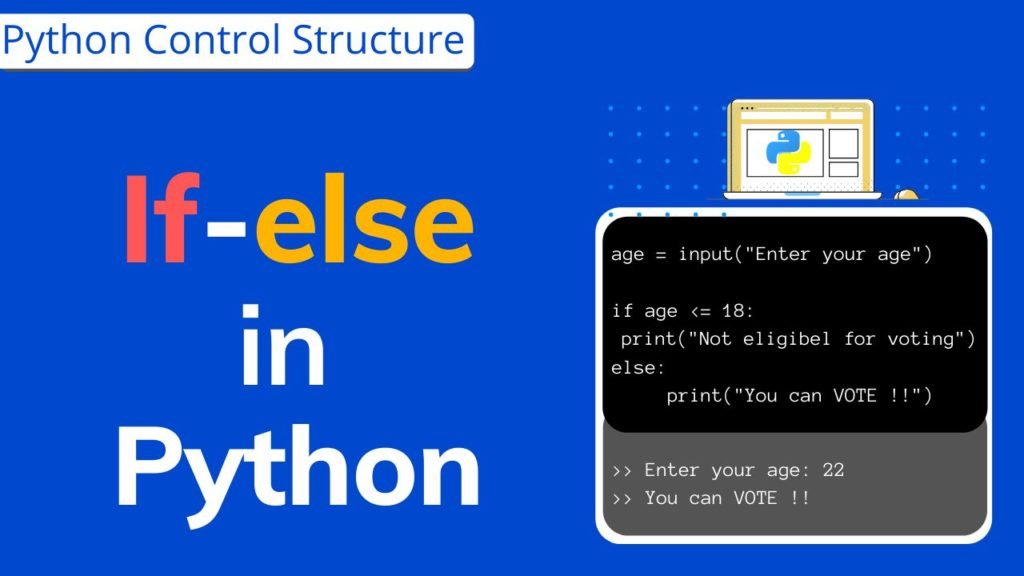Introduction to Linux
Linux is a free and open-source operating system (OS) that is based on the Unix operating system. It was first developed in 1991 by Linus Torvalds and has since become one of the most popular and widely used operating systems in the world. One of the key features of...
Kubernetes Architecture and its Components
The architecture of a Kubernetes (K8s) system is composed of several components that work together to manage and orchestrate containerized applications. The main components of a K8s architecture include: etcd: A distributed key-value store that stores the configuration data of the cluster. It is used to store the configuration...
K8s Architecture
The worker nodes communicate with the master node to report the state of the node and the containers running on it, and they receive instructions from the master node on which containers to run and how to manage them. Together, the master and worker nodes work together to manage...
Secrets and ConfigMaps
There are three main ways to mount Secrets and ConfigMaps in Kubernetes: Environment Variables: ConfigMap and Secret values can be exposed as environment variables to a container. Volume Mounts: ConfigMap and Secret data can be mounted as a file in a volume to a container. Command Line Arguments:...
Volumes in kubernetes
Kubernetes is a powerful platform for managing and deploying containerized applications. One of its core features is the ability to manage storage for containers and applications. In this article, we’ll take a look at the different storage options available in Kubernetes and the commands used to manage them. Local...
RBAC Access and Service Account
Introduction: Role-Based Access Control (RBAC) is a security feature in Kubernetes that allows administrators to define and manage access control policies for resources in the cluster. With RBAC, you can grant or deny access to specific actions, such as creating or modifying a resource, to specific users or groups...
Introduction to Python
Introduction to Python: Comprehensive Notes Introduction to Python Invented By: Python was created by Guido van Rossum. Year: Python was first released in 1991. Usage: Python is widely used in web development, data science, artificial intelligence, automation, and more. Why Python? Readability: Simple and clean syntax. Community Support: Extensive libraries and frameworks. Versatility: Used in various domains...
Python Basics
Python Basics Introduction to PythonPython is a high-level, interpreted programming language known for its simplicity and readability. It was invented by Guido van Rossum and first released in 1991. Python supports multiple programming paradigms, including procedural, object-oriented, and functional programming. Its easy-to-learn syntax and large standard library...
IF Short hands
Shorthand for if, elif, and else Statements in Python Python allows writing conditional statements concisely using shorthand syntax. Here’s how: Single-Line if Statement Syntax: value = 10 if value > 5: print(“Greater than 5”) Explanation: The statement executes if the condition is True. Single-Line if-else Statement (Ternary Operator) Syntax: result = “Even” if value % 2 == 0 else...
Copyright © 2025















